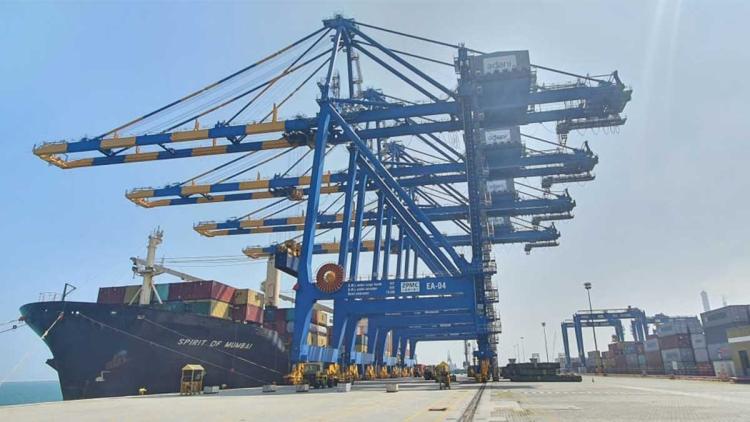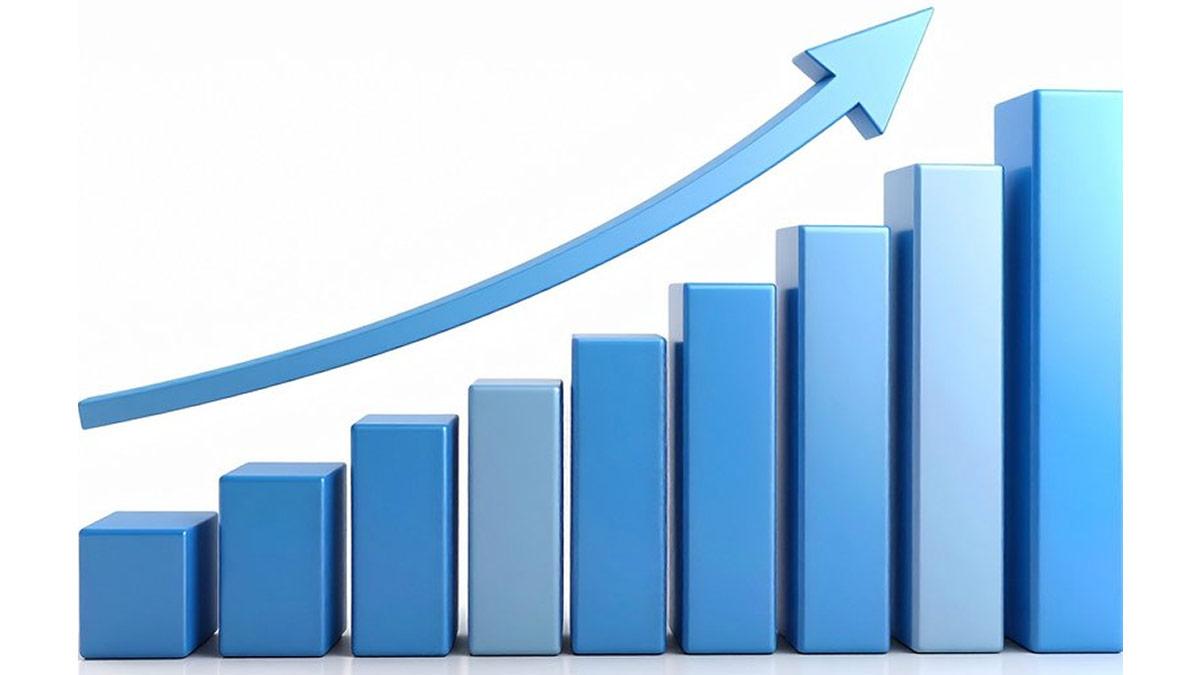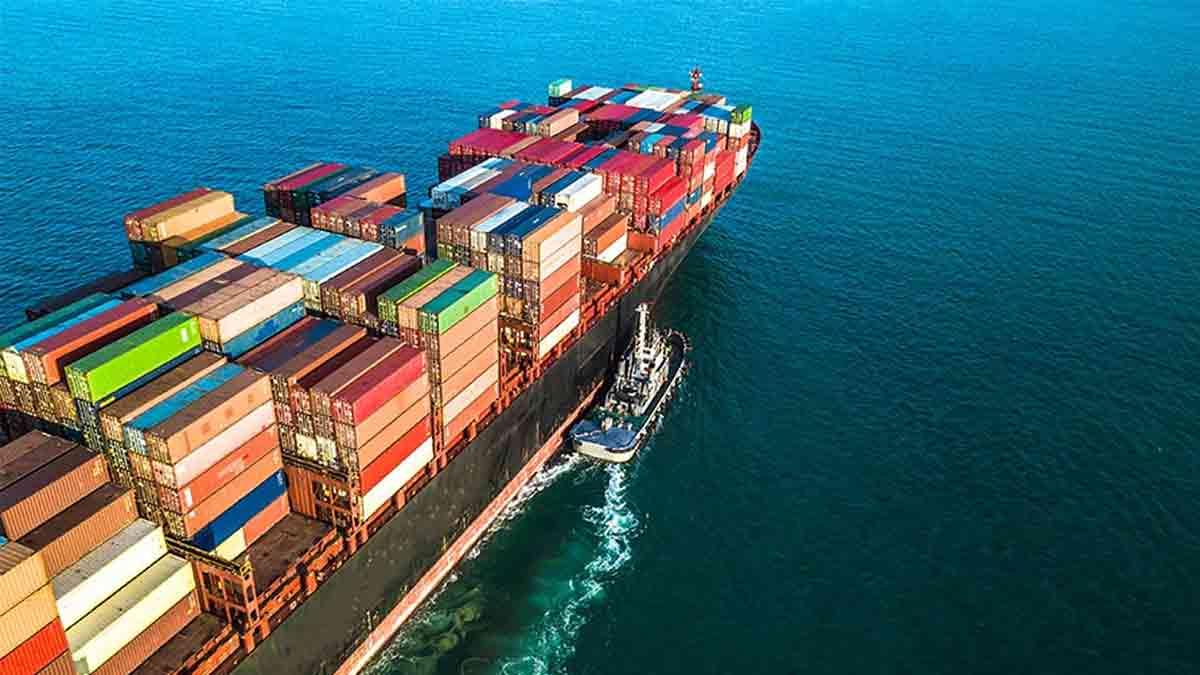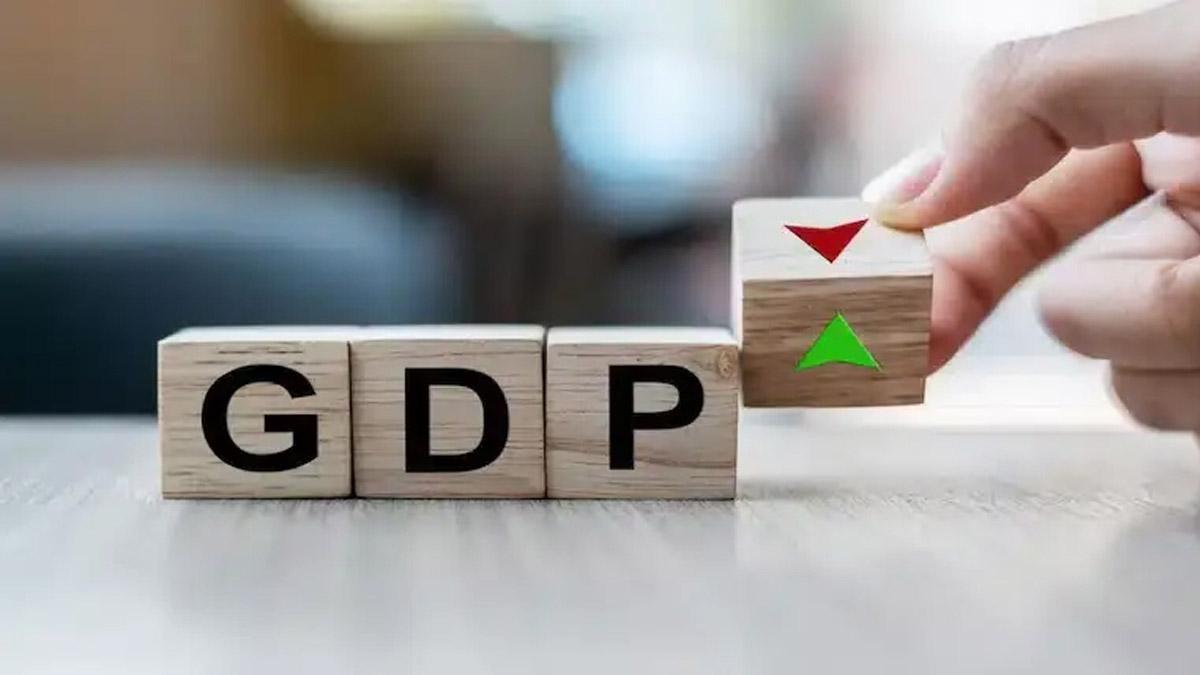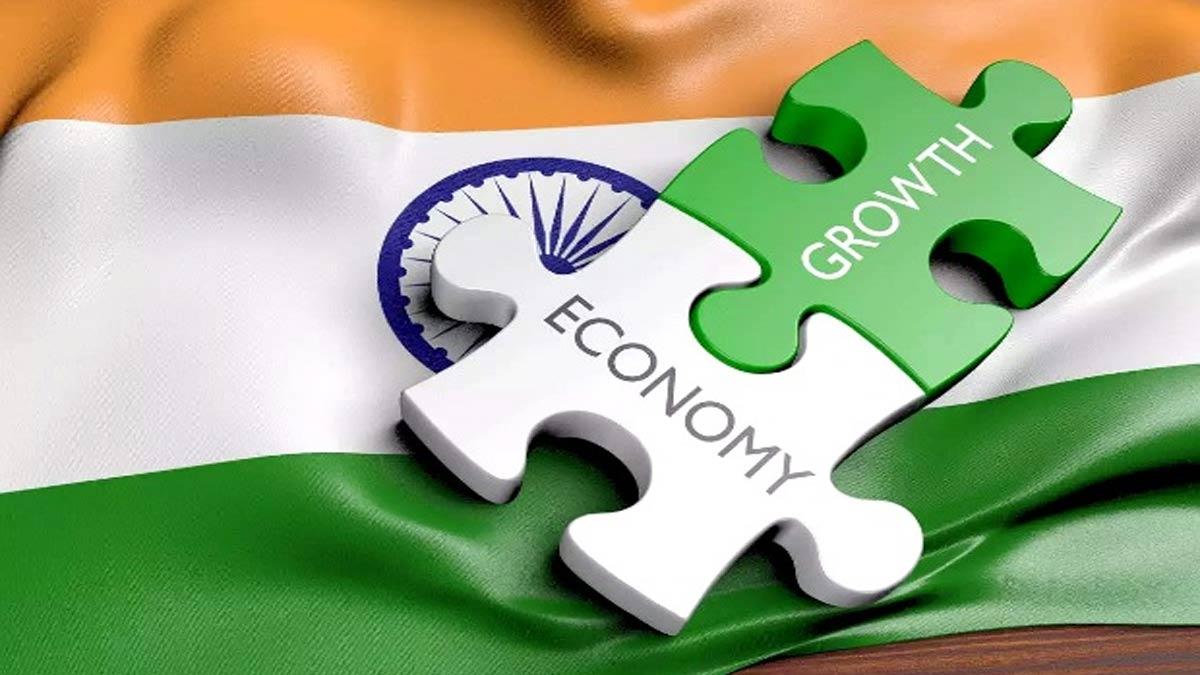India's major ports are witnessing significant enhancements in their operational efficiency this fiscal year. They've managed increased cargo volumes with faster loading and unloading processes, allowing ships to return more swiftly compared to the previous year.
Remarkable progress in India's logistics performance is evident as it climbed to the 22nd rank in the International Shipment category in the World Bank's Logistics Performance Index (LPI) Report, advancing from the 44th position in 2014.
Indian ports have achieved a remarkable "Turn Around Time" of 0.9 days, surpassing the US (1.5 days), Australia (1.7 days), and Singapore (1.0 days), as per official data.
Digital services like the Sagar-Setu mobile app have played a pivotal role in augmenting the Ease of Doing Business. This app enables real-time monitoring of port operations and offers comprehensive services related to vessel, cargo, container, finance, and regulatory authority data, enhancing the overall customer experience.
India's maritime sector is on the verge of a significant transformation, marked by an ambitious roadmap unveiled during the Global Maritime India Summit. This comprehensive plan entails an investment of Rs 80,000 lakh crores.
The Amrit Kaal Vision 2047, an extension of the Maritime India Vision 2030, is spearheaded by the Ministry of Ports, Shipping & Waterways. It aims to foster world-class ports, inland water transport, coastal shipping, and a sustainable maritime sector.
Outlined at the Global Maritime India Summit (GMIS) 2023 by Prime Minister Narendra Modi, this vision comprises aspirations in Logistics, Infrastructure, and Shipping, aligning with India's 'Blue Economy'.
The collaborative efforts of stakeholders have resulted in over 300 actionable initiatives shaping this vision for the enhancement of ports, shipping, and waterways by 2047.
Minister of Ports and Shipping Sarbananda Sonowal has announced a comprehensive plan to achieve a port capacity of 10,000 MTPA by 2047.
The GMIS witnessed the signing of 360 MoUs worth Rs 8.35 lakh crore, along with additional investible projects worth Rs 1.68 lakh crore being announced. PM Modi laid the foundation stone for eleven projects, totaling Rs 14,440 crore, and dedicated eleven projects valued at Rs 8,924 crore to the Nation.
Finance Minister Nirmala Sitharaman highlighted the maritime sector's transformation over the past nine years, attracting a remarkable 4.2 billion US dollars in Foreign Direct Investments. India's ports now boast a turnaround time of merely 0.9 days, surpassing hubs like Singapore and Dubai.
The Ministry's introduction of 'Harit Sagar,' the Green Port Guidelines, aligns with the goal of achieving zero carbon emissions. Major ports like Deendayal Port (Kandla), Visakhapatnam Port, New Mangalore Port, and VOC Port (Tuticorin) already generate renewable energy exceeding their demand.
India's focus on sustainable development in ports and shipping, with an emphasis on green practices, aligns with global leaders like Norway. The country aims for carbon neutrality, emphasizing reduction of GHG emissions through green fuels, electrified/renewable energy-based yard equipment, and vehicles.
(With Agency Inputs)
ALSO READ | India Sets Sights Beyond 5G, Leaping Forward to Explore 6G Communications
ALSO READ | India's Metro Network Set to Surpass the US, Becoming the World's Second Largest

